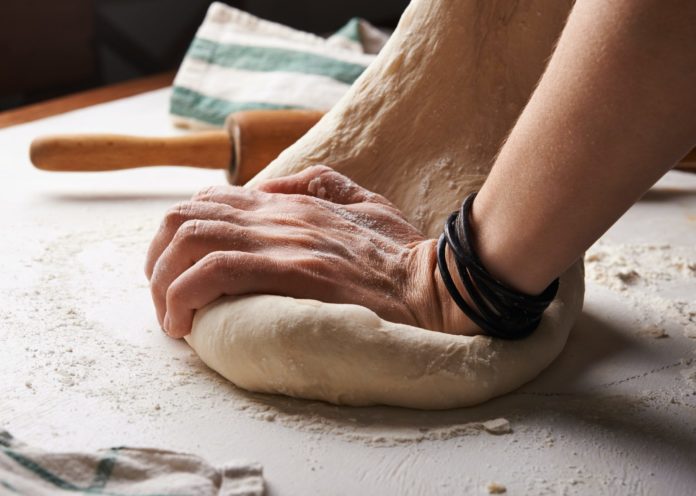Over the past year, many of us have gotten into baking bread, but making bread when it’s cold outside presents some challenges. To get a nice and fluffy rise with yeasted bread, you need to learn the basics of proofing bread dough. Proofing bread dough is the last rise before throwing it into the oven to bake and it’s a separate process from proofing yeast. Here are four ways to proof bread dough in cold and warm kitchens.
Proof at Room Temperature
The most traditional way to proof bread is in a glass bowl at room temperature. This works best during the warmer months, in warm kitchens. To proof, cover the bowl with a damp paper towel or cloth.
Proof Bread in the Oven
Place a pan filled with boiling water on the bottom rack of the oven. Put your bowl of dough on the middle or top rack and shut the door. DON’T turn the oven on! The steam and heat from the boiling water will create a warm environment for the dough.
Proof Bread with a Slow Cooker
Fill your slow cooker halfway with water and set it to low. Put the lid on upside down and put a dishtowel on top, then set your bowl of dough on top. The heat from the water will help the bread rise.
Proofing Box
If you make homemade breads a lot, consider investing in a proofing box to maintain a consistent temperature and humidity inside, which will help you get the perfect rise. It’s also quicker than proofing bread at room temperature.






